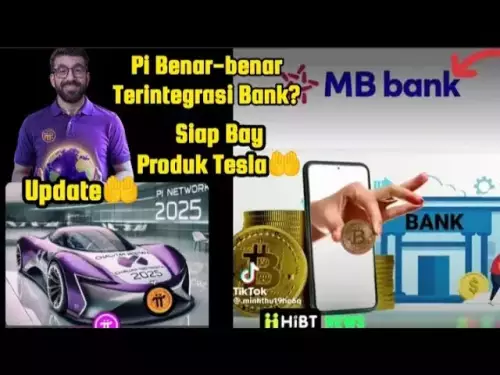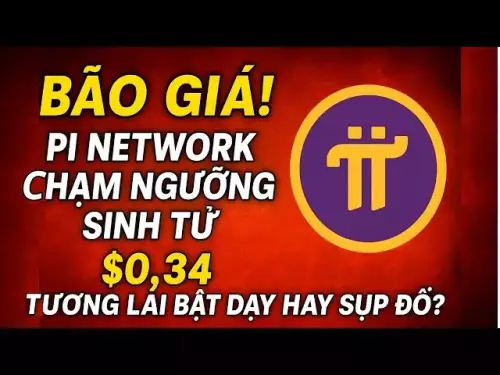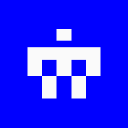-
 Bitcoin
Bitcoin $111100
0.49% -
 Ethereum
Ethereum $4304
0.21% -
 XRP
XRP $2.888
2.36% -
 Tether USDt
Tether USDt $0.9999
-0.03% -
 BNB
BNB $879.1
1.62% -
 Solana
Solana $207.9
2.67% -
 USDC
USDC $0.9998
-0.01% -
 Dogecoin
Dogecoin $0.2320
7.05% -
 TRON
TRON $0.3306
0.59% -
 Cardano
Cardano $0.8407
1.68% -
 Hyperliquid
Hyperliquid $48.50
3.55% -
 Chainlink
Chainlink $22.52
0.46% -
 Ethena USDe
Ethena USDe $1.001
-0.02% -
 Sui
Sui $3.395
0.74% -
 Bitcoin Cash
Bitcoin Cash $602.5
0.82% -
 Stellar
Stellar $0.3645
1.67% -
 Avalanche
Avalanche $24.82
0.93% -
 Hedera
Hedera $0.2211
0.99% -
 UNUS SED LEO
UNUS SED LEO $9.606
0.00% -
 Cronos
Cronos $0.2583
-2.44% -
 Litecoin
Litecoin $113.7
0.82% -
 Toncoin
Toncoin $3.094
0.39% -
 Shiba Inu
Shiba Inu $0.00001254
1.50% -
 Polkadot
Polkadot $4.040
4.96% -
 Uniswap
Uniswap $9.429
0.08% -
 Dai
Dai $0.9999
-0.01% -
 Ethena
Ethena $0.7629
3.04% -
 World Liberty Financial
World Liberty Financial $0.2111
-13.16% -
 Monero
Monero $269.9
0.50% -
 Aave
Aave $300.9
-0.41%
What are the different types of DAOs?
DAOs revolutionize collaboration by enabling transparent, token-driven governance across investing, collecting, media, and more—reshaping how digital communities operate.
Sep 08, 2025 at 02:00 am
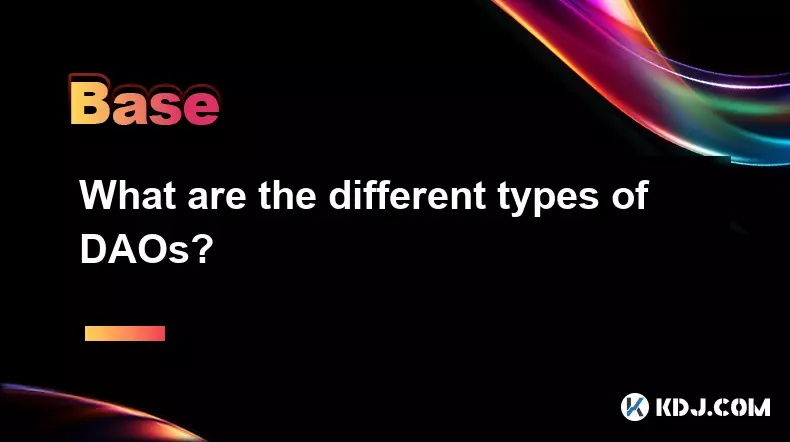
Distribution and Functionality of DAOs in the Blockchain Ecosystem
1. Investment DAOs focus on pooling capital from members to fund blockchain startups or DeFi protocols. These organizations operate transparently, with every transaction recorded on-chain. Members vote on which projects to support, and returns are distributed based on contribution levels. Such DAOs eliminate traditional venture capital gatekeeping, allowing broader access to early-stage crypto investments.
2. Collector DAOs have emerged around NFTs and digital art. Groups like these purchase rare digital assets, with ownership shared among members. Decisions on acquisitions are made collectively, often requiring majority consensus. The appeal lies in democratizing access to high-value NFTs that would otherwise be unaffordable for individuals.
3. Protocol DAOs govern decentralized platforms such as lending protocols or decentralized exchanges. Holders of governance tokens participate in upgrading smart contracts, adjusting parameters like interest rates, or allocating treasury funds. This model ensures that no single entity controls the protocol’s direction, aligning incentives across users and developers.
4. Grant DAOs fund public goods within the crypto space. These organizations allocate resources to developers building open-source tools, educational content, or infrastructure. Funding proposals are submitted by community members and evaluated through voting. The emphasis is on supporting projects that benefit the wider ecosystem rather than generating profit.
5. Social DAOs create digital communities centered around shared interests, from music to philosophy. Access is often gated by token ownership, fostering a sense of exclusivity and belonging. These DAOs host virtual events, publish content, and build collaborative projects, blurring the line between online communities and formal organizations.
Operational Models of Service-Oriented DAOs
1. Media DAOs produce decentralized content, ranging from newsletters to podcasts. Contributors earn tokens based on their output, and editorial decisions are made through community votes. This structure challenges traditional media hierarchies by rewarding creators directly and minimizing centralized editorial control.
2. Service DAOs function as decentralized freelance collectives. Members offer skills in development, design, or marketing and are compensated in crypto for completing tasks. Work proposals and payment terms are submitted on-chain, ensuring transparency and accountability. Clients interact with the DAO as a unified entity, despite its distributed nature.
3. Philanthropy DAOs channel crypto donations toward social causes. Donors receive governance rights proportional to their contributions, allowing them to vote on funding initiatives. These DAOs leverage blockchain’s transparency to show exactly how funds are used, increasing donor trust compared to traditional charities.
4. Sub-DAOs operate under larger DAOs to manage specific functions like marketing or development. They inherit governance rules from the parent organization but have autonomy over their domain. This hierarchical yet decentralized structure enables scalability without sacrificing alignment with core values.
5. Identity DAOs manage decentralized identity solutions, allowing users to control their personal data. These organizations issue verifiable credentials and enable privacy-preserving authentication across platforms. By removing reliance on centralized identity providers, they enhance user sovereignty in digital interactions.
Emerging Variants and Specialized DAO Structures
1. Venture DAOs resemble traditional venture firms but operate entirely on-chain. They identify high-potential blockchain projects and deploy capital with community approval. Due diligence is often crowdsourced, and investment returns are reinvested or distributed to members based on token holdings.
2. Gaming DAOs support play-to-earn ecosystems by acquiring in-game assets and funding player scholarships. Players borrow assets from the DAO to compete and share a portion of their earnings. Governance includes decisions on asset allocation, revenue splits, and partnerships with game developers.
3. Legal DAOs explore frameworks for integrating decentralized governance with existing regulatory systems. Some register as legal entities in jurisdictions like Wyoming, granting them liability protection while maintaining on-chain operations. This hybrid approach enables DAOs to enter contracts and hold assets in the real world.
4. Yield DAOs optimize returns across DeFi platforms by automatically reallocating funds based on performance metrics. Strategies are proposed and voted on by members, who benefit from compounded yields. These DAOs function as autonomous hedge funds, though risk management remains a community responsibility.
5. Reputation-based DAOs assign voting power based on contribution history rather than token ownership. This model discourages plutocracy and rewards long-term participation. Members earn reputation points through tasks like code reviews, community moderation, or content creation.
DAOs are reshaping organizational dynamics by replacing hierarchies with transparent, token-based governance.Each type of DAO reflects a unique balance between decentralization, purpose, and member incentives.Their evolution highlights the flexibility of blockchain to support diverse collaborative models.
Frequently Asked Questions
How do members join a DAO?Membership typically requires acquiring governance tokens, either through purchase, contribution, or invitation. Some DAOs use token-gated access, while others distribute membership tokens through community participation or airdrops.
Can a DAO own assets?Yes, DAOs can hold digital assets such as cryptocurrencies, NFTs, and domain names through multi-signature wallets or smart contracts. Legally registered DAOs may also own physical assets like real estate or equipment.
What happens if a DAO makes a bad decision?Since decisions are executed via smart contracts, reversing actions can be difficult. Some DAOs implement time-locked proposals or emergency pause mechanisms to mitigate risks. Losses from poor governance votes are usually absorbed by members.
Are all DAOs fully decentralized?No, many DAOs have centralized elements, especially in early stages. Founding teams may retain significant token holdings or control over key contracts. True decentralization often develops gradually as governance participation broadens.
Disclaimer:info@kdj.com
The information provided is not trading advice. kdj.com does not assume any responsibility for any investments made based on the information provided in this article. Cryptocurrencies are highly volatile and it is highly recommended that you invest with caution after thorough research!
If you believe that the content used on this website infringes your copyright, please contact us immediately (info@kdj.com) and we will delete it promptly.
- Aster's Token Unveiling: Decentralized Exchanges Hit New Heights
- 2025-09-08 13:05:16
- HBAR Short Squeeze: A $35 Million Liquidation Opportunity?
- 2025-09-08 12:25:12
- BCH Price: Bitcoin Cash Technical Momentum Eyes $650 Target
- 2025-09-08 12:45:12
- Worldcoin's Bullish Run: Rallying Towards New Heights?
- 2025-09-08 12:25:12
- Altcoin Surge Incoming? Strategic Accumulation and the Fed Rate Cut
- 2025-09-08 12:45:12
- Dyson's New PencilVac and AI Innovations: A Glimpse into the Future of Clean
- 2025-09-08 12:50:12
Related knowledge
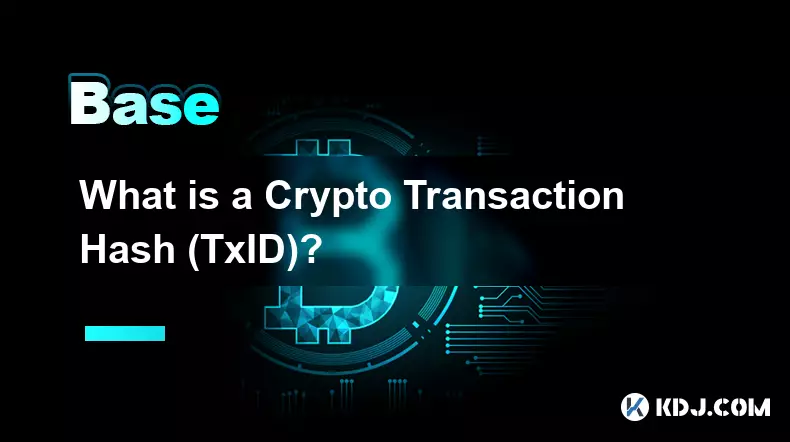
What is a Crypto Transaction Hash (TxID)?
Sep 07,2025 at 01:18pm
Understanding the Role of a Crypto Transaction Hash1. A crypto transaction hash, often referred to as TxID, is a unique identifier generated when a tr...

What is On-Chain and Off-Chain Data?
Sep 07,2025 at 04:55pm
Understanding On-Chain Data1. On-chain data refers to all information that is recorded directly on a blockchain. Every transaction, smart contract exe...
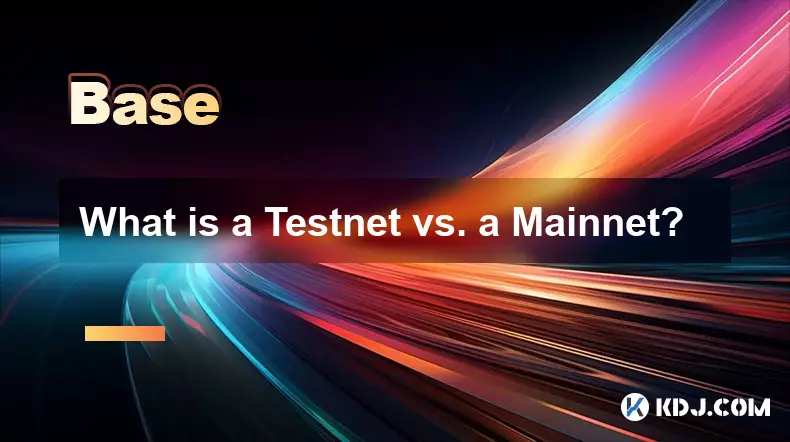
What is a Testnet vs. a Mainnet?
Sep 08,2025 at 05:55am
Understanding the Core Differences Between Testnet and Mainnet1. A Testnet is a parallel blockchain network used exclusively for testing purposes. Dev...

How to do Your Own Research (DYOR) in Crypto?
Sep 08,2025 at 08:00am
Understanding the Foundations of Crypto Projects1. Every cryptocurrency project starts with a foundational whitepaper. This document outlines the tech...

What is a Bull Market vs. a Bear Market?
Sep 08,2025 at 11:00am
Bull Market Characteristics in the Cryptocurrency Space1. Prices across major digital assets experience sustained upward momentum, often driven by inc...
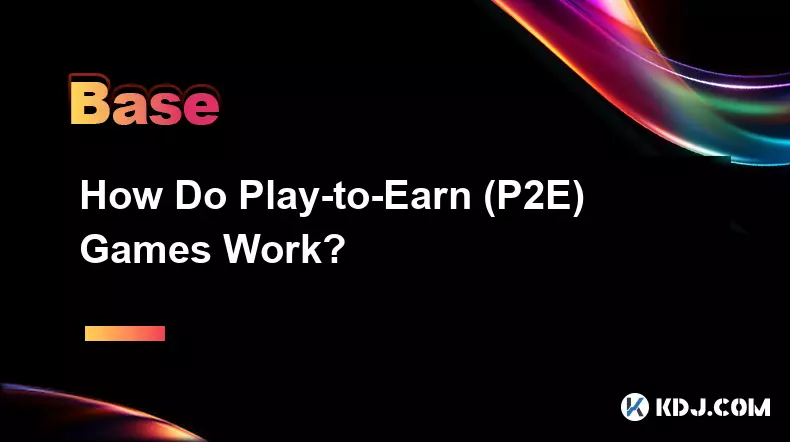
How Do Play-to-Earn (P2E) Games Work?
Sep 07,2025 at 10:54am
Understanding the Core Mechanics of Play-to-Earn Games1. Play-to-Earn (P2E) games operate on blockchain technology, allowing players to earn cryptocur...

What is a Crypto Transaction Hash (TxID)?
Sep 07,2025 at 01:18pm
Understanding the Role of a Crypto Transaction Hash1. A crypto transaction hash, often referred to as TxID, is a unique identifier generated when a tr...

What is On-Chain and Off-Chain Data?
Sep 07,2025 at 04:55pm
Understanding On-Chain Data1. On-chain data refers to all information that is recorded directly on a blockchain. Every transaction, smart contract exe...

What is a Testnet vs. a Mainnet?
Sep 08,2025 at 05:55am
Understanding the Core Differences Between Testnet and Mainnet1. A Testnet is a parallel blockchain network used exclusively for testing purposes. Dev...

How to do Your Own Research (DYOR) in Crypto?
Sep 08,2025 at 08:00am
Understanding the Foundations of Crypto Projects1. Every cryptocurrency project starts with a foundational whitepaper. This document outlines the tech...

What is a Bull Market vs. a Bear Market?
Sep 08,2025 at 11:00am
Bull Market Characteristics in the Cryptocurrency Space1. Prices across major digital assets experience sustained upward momentum, often driven by inc...

How Do Play-to-Earn (P2E) Games Work?
Sep 07,2025 at 10:54am
Understanding the Core Mechanics of Play-to-Earn Games1. Play-to-Earn (P2E) games operate on blockchain technology, allowing players to earn cryptocur...
See all articles





















